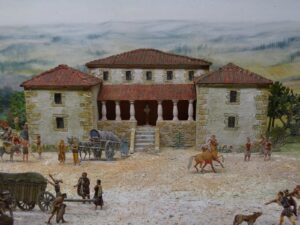
Roman lifestyle in Helvetia
In Roman times, major urban centres such as Vitudurum (Oberwinterthur), Aquae Helveticae (Baden) and Vindonissa (Windisch) needed to be fed. Large farming estates in the region played a major role in meeting this need.
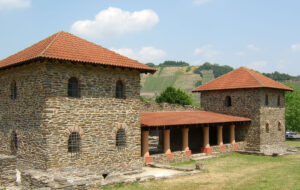
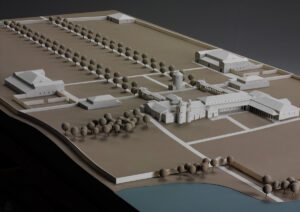
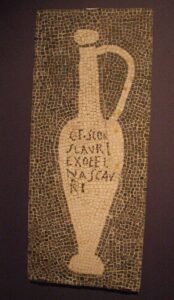
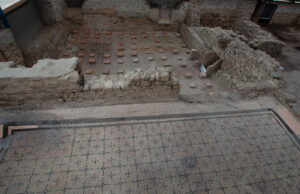

In Roman times, major urban centres such as Vitudurum (Oberwinterthur), Aquae Helveticae (Baden) and Vindonissa (Windisch) needed to be fed. Large farming estates in the region played a major role in meeting this need.



